
How long can frozen meat be kept?

Frozen meat is an essential part of many people's diets and storage methods, allowing us to preserve food for a long time. However, like all food, frozen meat does not last indefinitely. Over time, it may lose its flavor, texture, and nutritional value, or even become unsafe to consume. So, how long can you keep meat frozen before it’s no longer good to eat? Here’s a general guideline to help you determine how long you can safely keep frozen meat.
Frozen Meat Storage Guidelines
1. Ground Meat (Beef, Pork, Chicken, etc.)
- Storage Time: 3-4 months
- Ground meats tend to lose quality quickly because they have more surface area exposed to air. For the best taste and texture, it’s recommended to use ground meat within 3-4 months of freezing.
2. Steaks and Chops (Beef, Lamb, Pork)
- Storage Time: 4-12 months
- While steaks and chops can last a bit longer in the freezer, they should ideally be consumed within 4-6 months for optimal flavor. After 12 months, while still safe to eat, the quality might start to decline.
3. Whole Poultry (Chicken, Turkey, etc.)
- Storage Time: 1 year
- Whole birds can be kept in the freezer for up to a year without significant loss of quality. However, try to use them within 6-9 months for the best taste.
4. Poultry Parts (Breasts, Thighs, Wings, etc.)
- Storage Time: 9 months
- Similar to whole poultry, individual poultry parts can last for up to 9 months in the freezer, but you should aim to use them sooner for the best flavor.
5. Fish and Shellfish
- Storage Time: 3-6 months (fatty fish like salmon and tuna), 6-12 months for lean fish (cod, haddock)
- Fatty fish like salmon and mackerel should be consumed within 3-6 months for the best quality, while lean fish can last longer in the freezer (up to a year). Shellfish like shrimp, crab, and lobster can last up to 6 months.
6. Bacon and Sausages
- Storage Time: 1-2 months
- Bacon and sausages should be used within 1-2 months for optimal taste and texture. Freezing them for longer periods may affect their flavor and texture.
Signs Frozen Meat is No Longer Safe
Even if your meat has been frozen for a long time, there are some signs that may indicate it's no longer safe to eat:
-
Freezer Burn: If the meat has white or grayish spots, it could be freezer-burned. While it’s still safe to eat, freezer-burned meat loses flavor and texture.
-
Unpleasant Odor: If the meat gives off a bad smell when thawed, it may have spoiled, even though it was frozen.
-
Color Change: If the meat looks brown or grayish when you thaw it, it may have gone bad, although some discoloration can happen naturally during freezing.
-
Excessive Ice Crystals: A lot of ice crystals in the packaging could indicate the meat was improperly frozen or thawed and refrozen, which can affect its safety.
Tips for Freezing Meat Properly
-
Use Airtight Packaging: Ensure the meat is wrapped tightly in plastic, aluminum foil, or vacuum-sealed bags to prevent air from reaching the surface. This will help prevent freezer burn and preserve the quality.
-
Label and Date: Always label your frozen meat with the date it was frozen. This helps you keep track of how long it has been stored and ensures you use it before it loses quality.
-
Avoid Refreezing: If meat has been thawed, it’s best not to refreeze it, as this can increase the risk of bacterial growth and degrade the texture and flavor.
Conclusion
In general, frozen meat can last anywhere from 1 to 12 months depending on the type of meat. However, the longer the meat is stored, the more it will lose flavor and texture, even if it remains safe to eat. Always check for signs of spoilage and try to use your frozen meat within the recommended time frame for the best quality. By following these guidelines, you can ensure that your frozen meat stays safe and delicious for as long as possible.
News in the same category


Drink coconut water on an empty stomach for 7 days, kill 10 birds with one stone: it's a waste not to try it

Throw an old sock into the toilet tank: a surprisingly useful trick many people will copy once they know it — I wish I’d learned this sooner

Insert a sheet of paper into the refrigerator door gap: a small trick with big benefits that can significantly reduce your household electricity bill

Is there a difference in lifespan between people who nap and those who don’t? Research reveals surprising finding
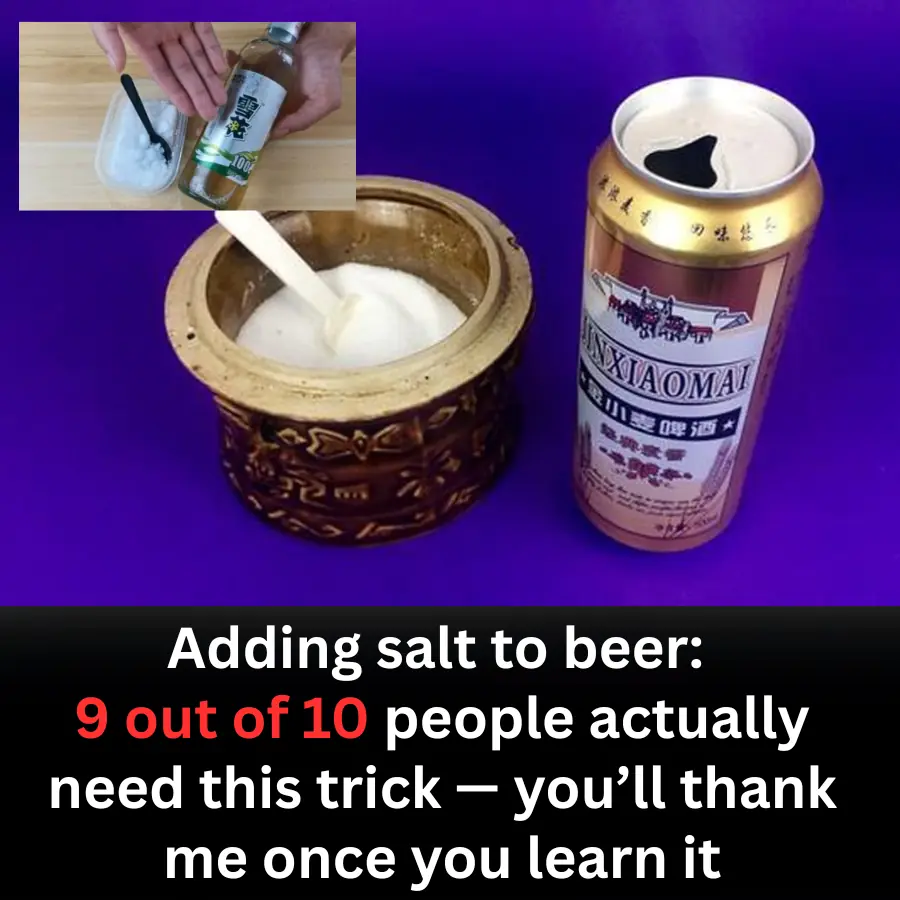
Adding salt to beer: 9 out of 10 people actually need this trick — you’ll thank me once you learn it

‘BLO.OD RAIN’ turns the beach red, locals panic and recall prophecies of the end of the world

Frequently waking up between 3–4 am? Warning signs of 5 silent health problems many people ignore
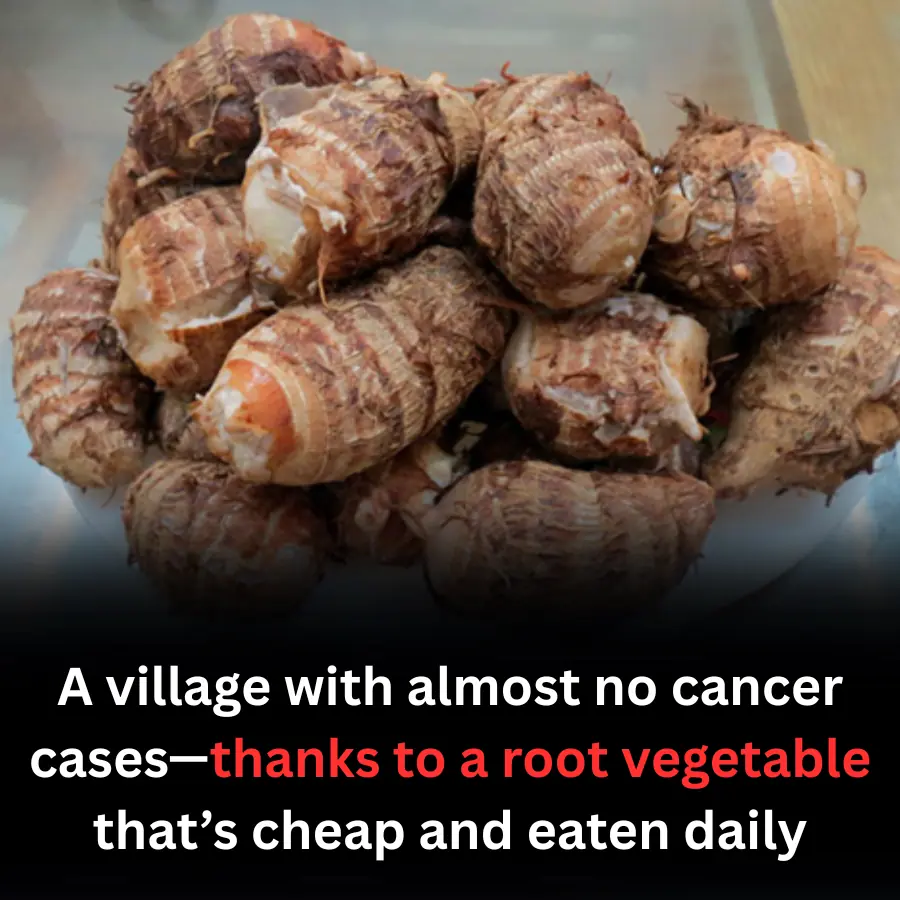
A village with almost no cancer cases—thanks to a root vegetable that’s cheap and eaten daily

5 foods you should never keep overnight

The Italian Village Known as “The Healthiest in the World” — Thanks to One Everyday Spice

Green or Orange Dot on Your Phone? Experts Warn It Could Be a Privacy Alert

To know if your internal o.r.gans are infected, just look at your feet. If there are 3 signs, you need to go to the emergency room

Health Warning: Never Do This While Showering — It Can Be Far More Dangerous Than You Thin
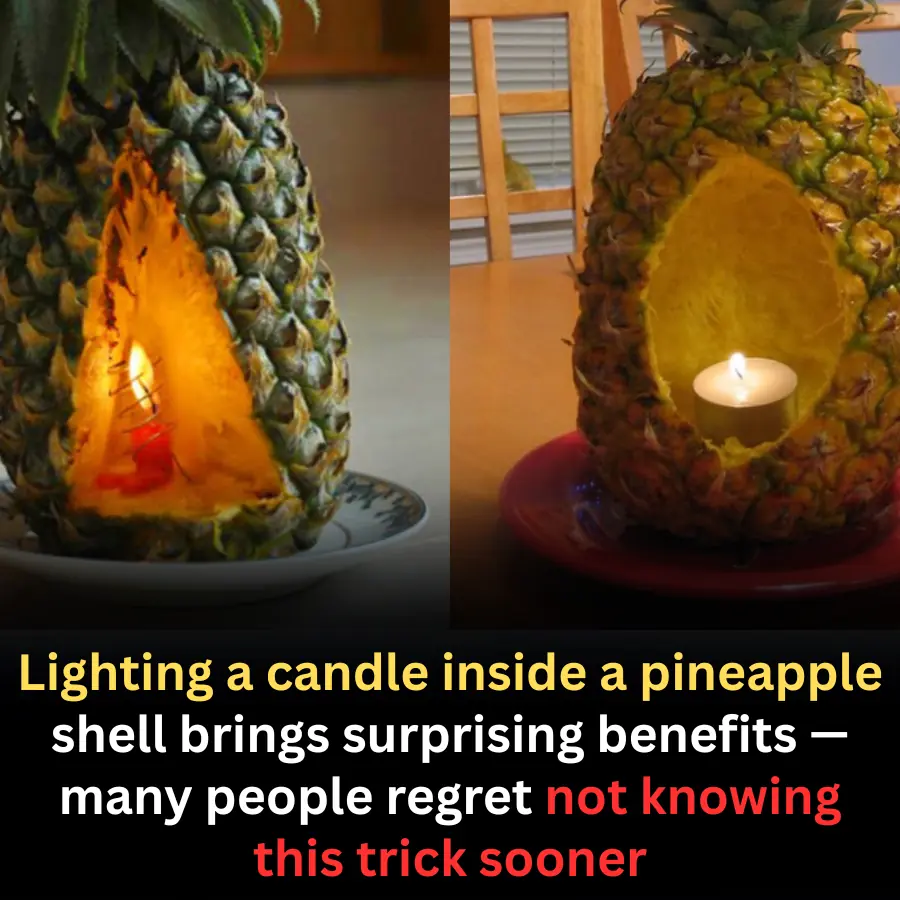
A Simple Home Hack: Light a Candle in a Pineapple Shell and Enjoy Unexpected Benefits

Food Safety Warning: 3 Types of Tofu You Should Never Buy, Even at a Bargain Price

Why people with green eyes are so fascinating?

Why you shouldn’t build a toilet under the stairs?

Why you should leave the bathroom light on when staying in a hotel or motel?
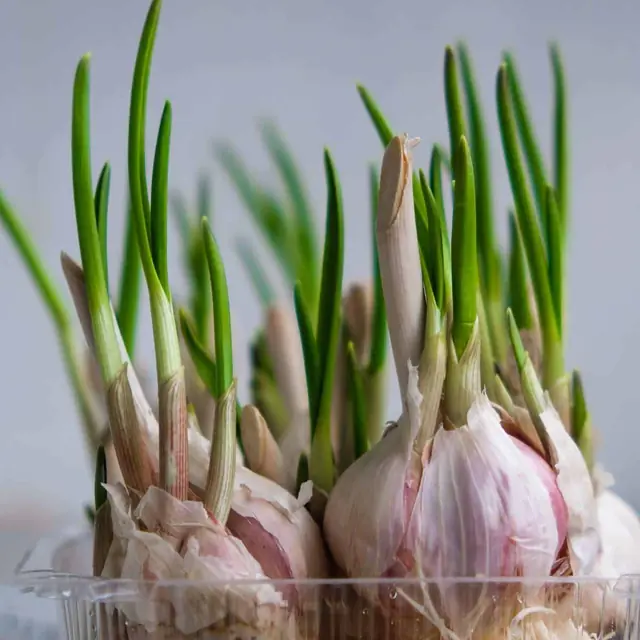
If These 4 Foods at Home Start Sprouting, Don’t Throw Them Away: They’re Not To.xic—They’re Even More Nutritious!
News Post

Every woman likes to be touched in these "3 places" on her body, especially the first place
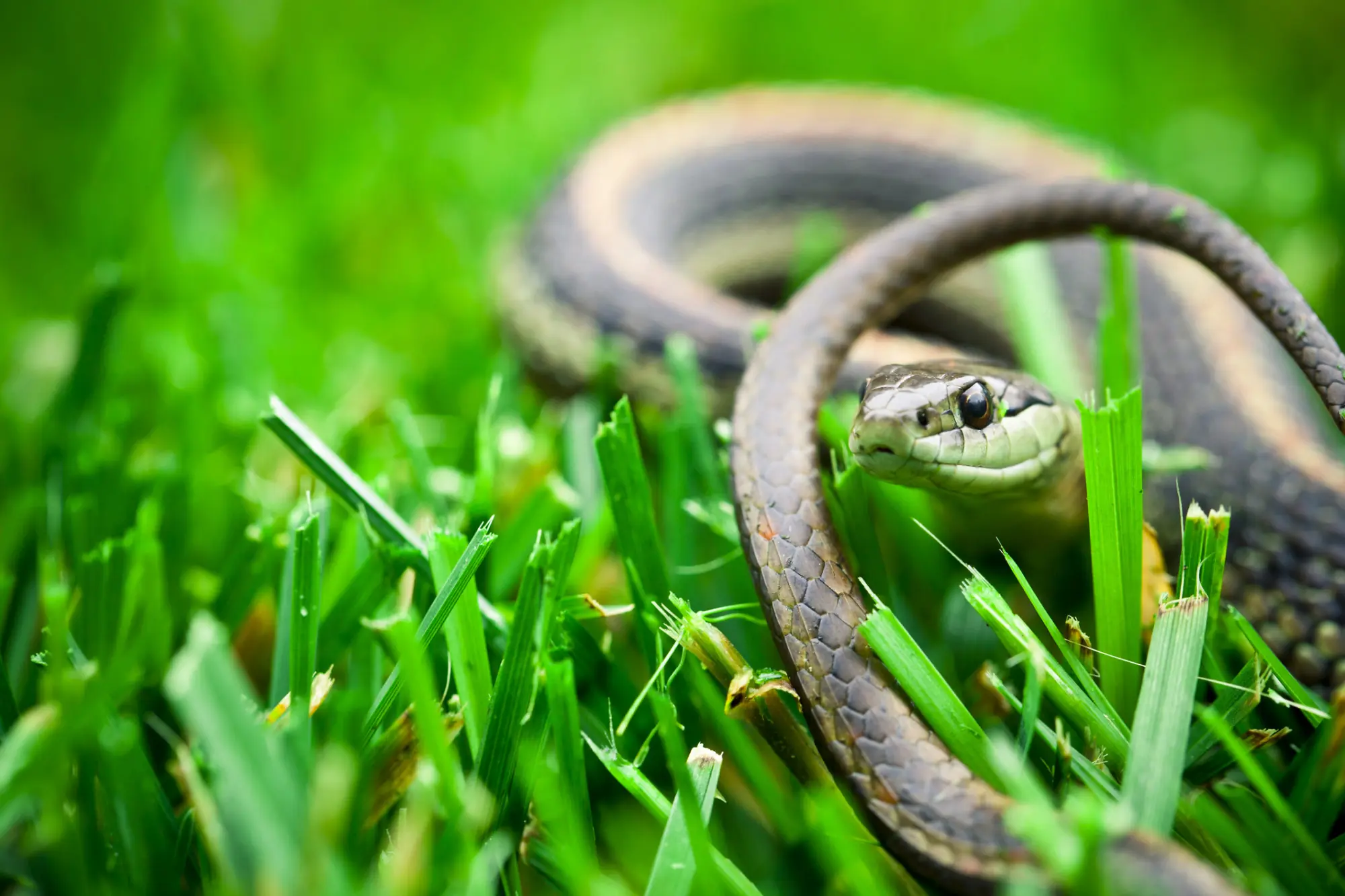
Plants That May Attract Snakes to Your Home: What You Should Know
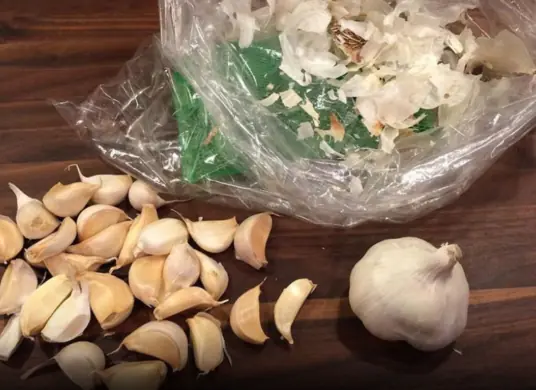
Garlic peels are not trash, don't rush to throw them away

Say Goodbye to Joint and Foot Pain with a Relaxing Rosemary Bath

If You See A Man With One Painted Fingernail, Here’s What It Means

Dog ticks bit 3 people in a family, 2 died: If you can't keep them clean, don't keep them, they're full of diseases
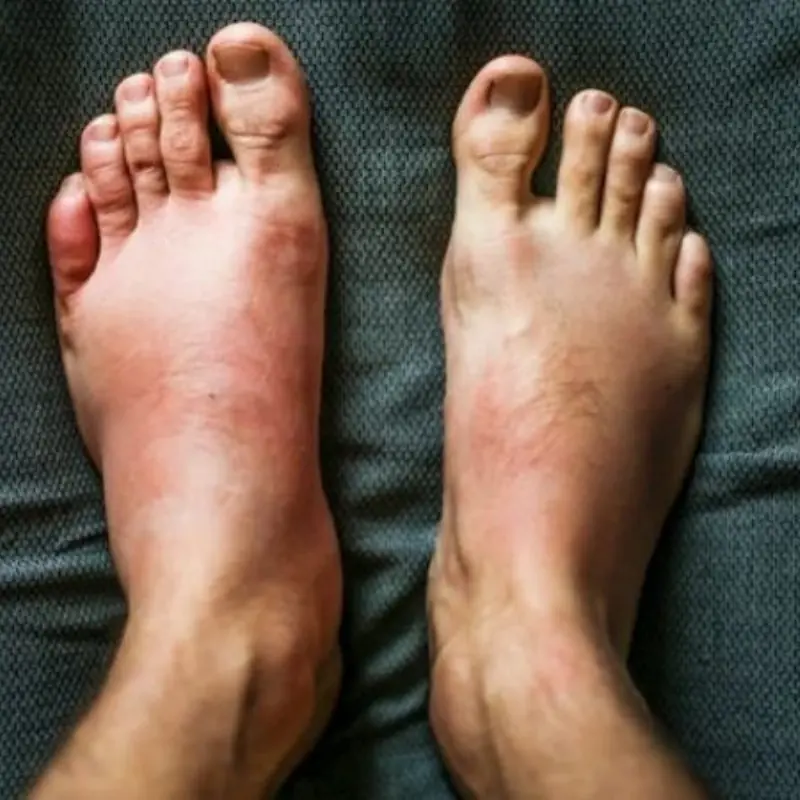
Don’t Ignore These 7 Early Heart Attack Warning Signs

Drink coconut water on an empty stomach for 7 days, kill 10 birds with one stone: it's a waste not to try it

8 Natural Remedies for Sinus Infections That Work Without Antibiotics

This One Superfood Could Tackle Major Health Issues—Here’s What You Need To Know
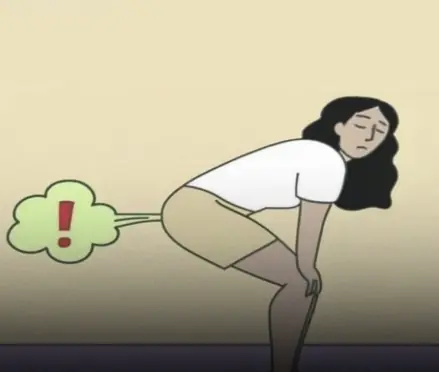
If You’re Farting More Than 25 Times a Day—It Might Be a Sign Your Body is Trying to Warn You

Preventing Stroke At Any Age: 3 “Don’ts” After Meals—And 4 “Don’ts” Before Bed

Why You Might See Unusual White Bumps On Your Lips Or Genitals

Why do people cry before dying? What exactly did they see? The truth is so unbelievable!

Throw an old sock into the toilet tank: a surprisingly useful trick many people will copy once they know it — I wish I’d learned this sooner

Insert a sheet of paper into the refrigerator door gap: a small trick with big benefits that can significantly reduce your household electricity bill
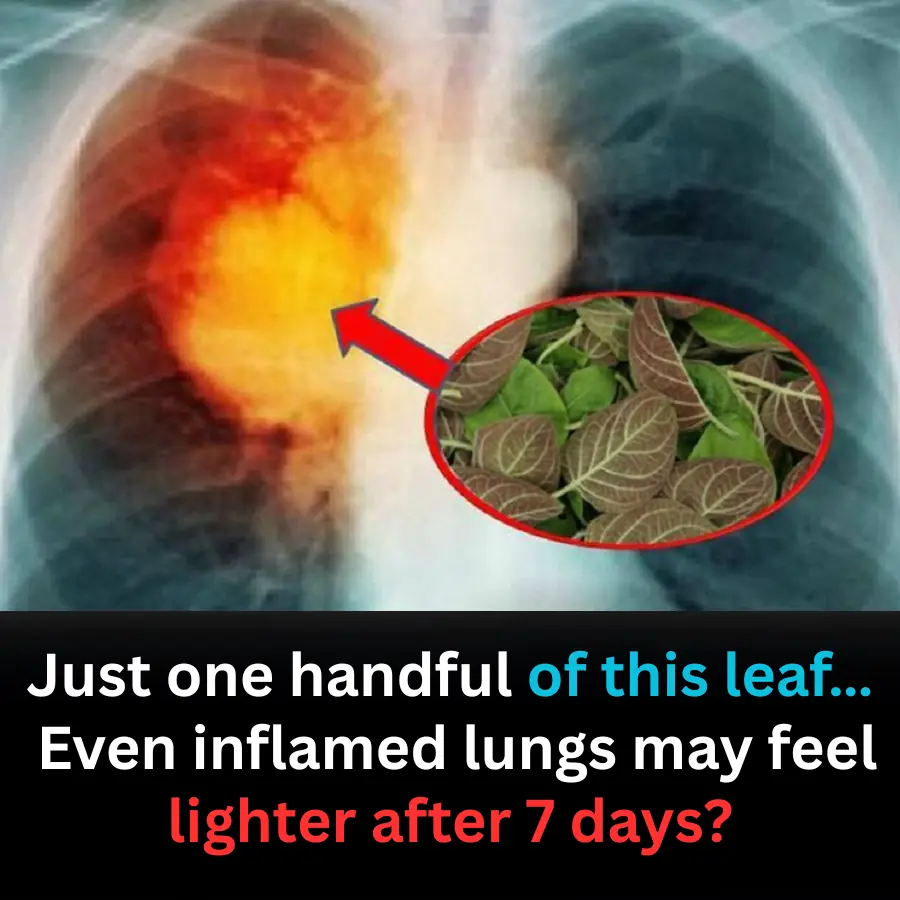
Just one handful of this leaf… Even inflamed lungs may feel lighter after 7 days?

Is there a difference in lifespan between people who nap and those who don’t? Research reveals surprising finding

Adding salt to beer: 9 out of 10 people actually need this trick — you’ll thank me once you learn it
